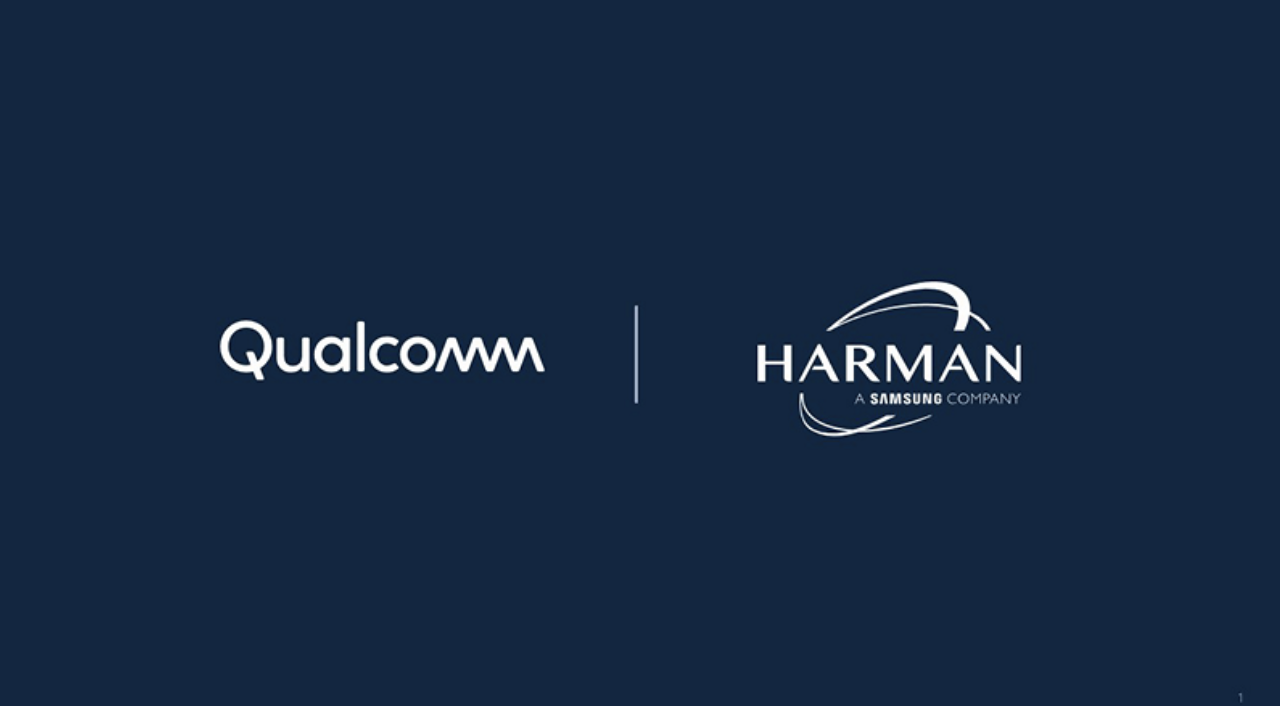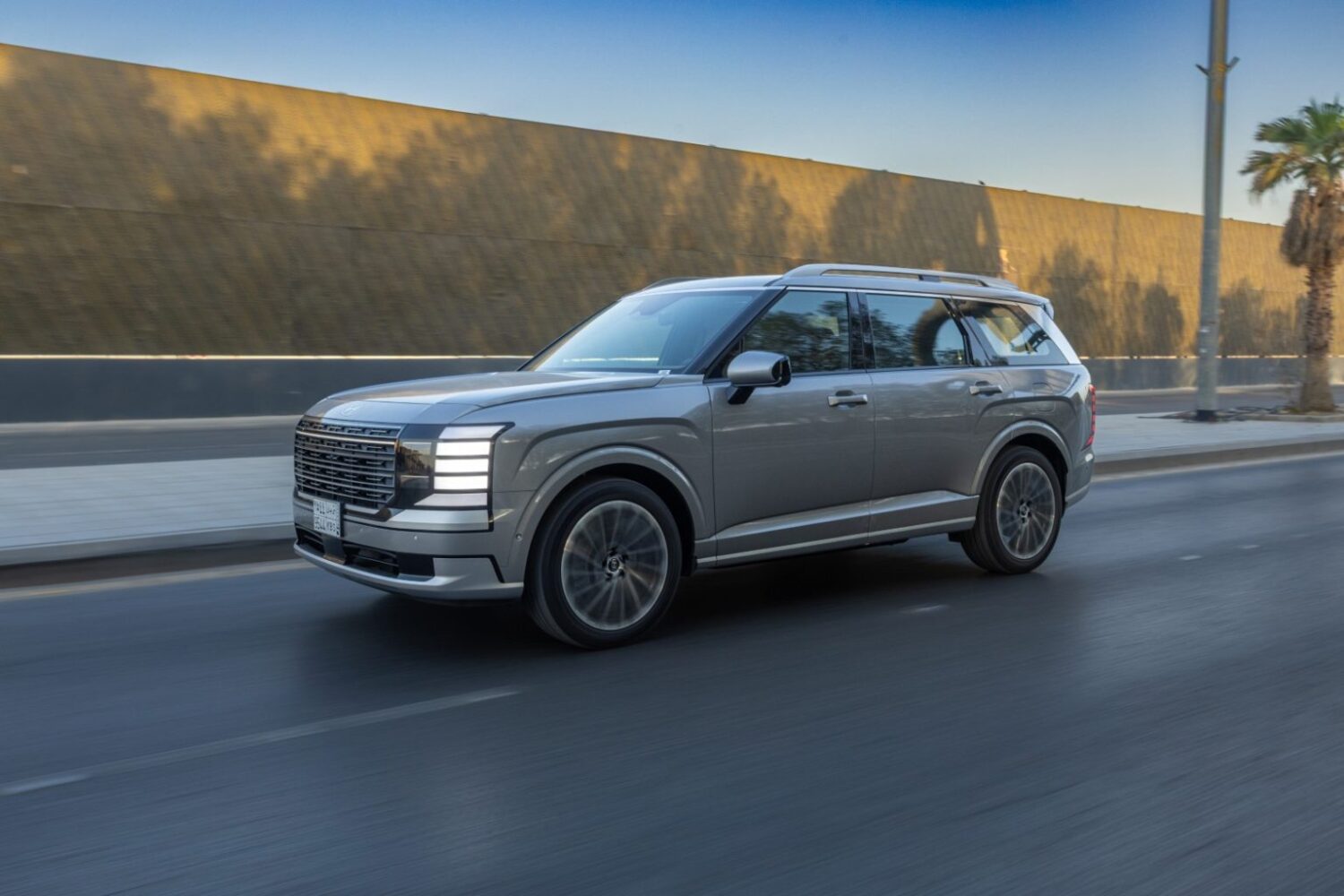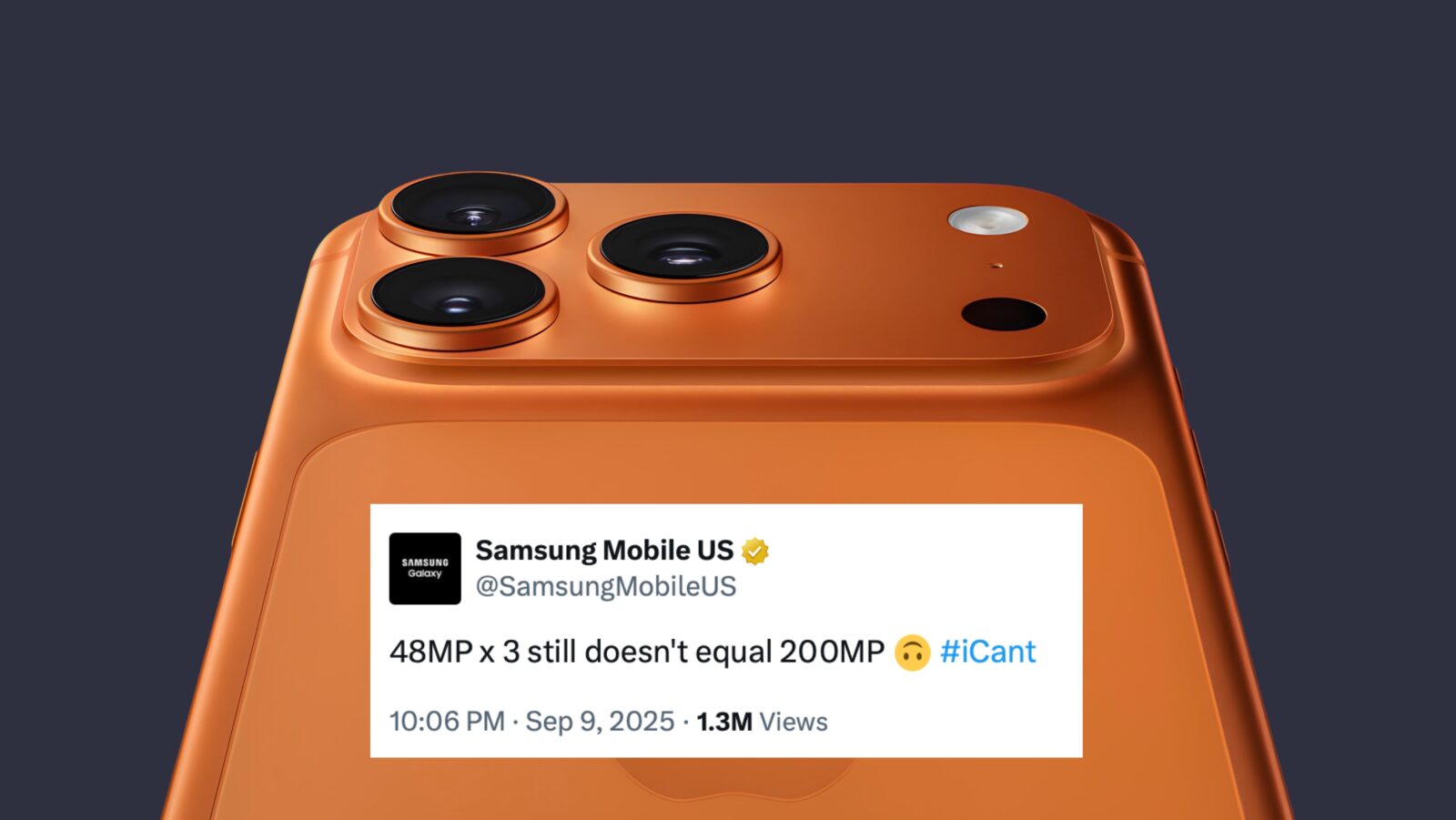Google has launched Veo 3, its advanced video generation model, for users across the Middle East and North Africa. The rollout makes Veo 3 accessible to Google AI Pro subscribers in the region, expanding the company’s generative AI capabilities beyond text and image creation.
Initially announced at Google I/O in May, Veo 3 is integrated into the Gemini app. The tool allows users to create custom eight-second videos at 720p resolution by entering descriptive text prompts. Unlike some earlier AI video tools that required separate audio layers, Veo 3 generates sound, dialogue, and music natively, enabling creators to produce short, audio-visual clips entirely within the platform.
Google states that Veo 3 has been developed with a focus on accurate physics simulation, enhanced realism, and adherence to user prompts. These improvements are aimed at providing creators with higher-quality outputs that better match their original descriptions, whether for social media, rapid concept visualisation, or short marketing assets.
To address concerns over AI-generated content authenticity, Google embeds a SynthID watermark into all videos produced by Veo 3. The SynthID Detector, launched recently to early testers, is part of the company’s broader approach to AI safety and content verification. Additionally, Google will add a visible watermark to all Veo 3 outputs, except for videos produced by Ultra members using Flow, the company’s tool targeted at professional AI filmmakers and creators.
The launch of Veo 3 in MENA aligns with Google’s wider strategy of regional AI tool expansion, aiming to equip creators and businesses with integrated generative capabilities. For content creators in the Middle East and North Africa, the availability of Veo 3 offers opportunities to experiment with AI-driven video production in workflows that have previously relied on separate editing and audio tools.
Google AI Pro subscribers in MENA can access Veo 3 starting today through the Gemini app. As generative video models continue to evolve, Veo 3 represents a step forward in integrating realistic, prompt-based video creation into mainstream creative and marketing processes, with applications ranging from brand storytelling to rapid prototyping of visual concepts.







